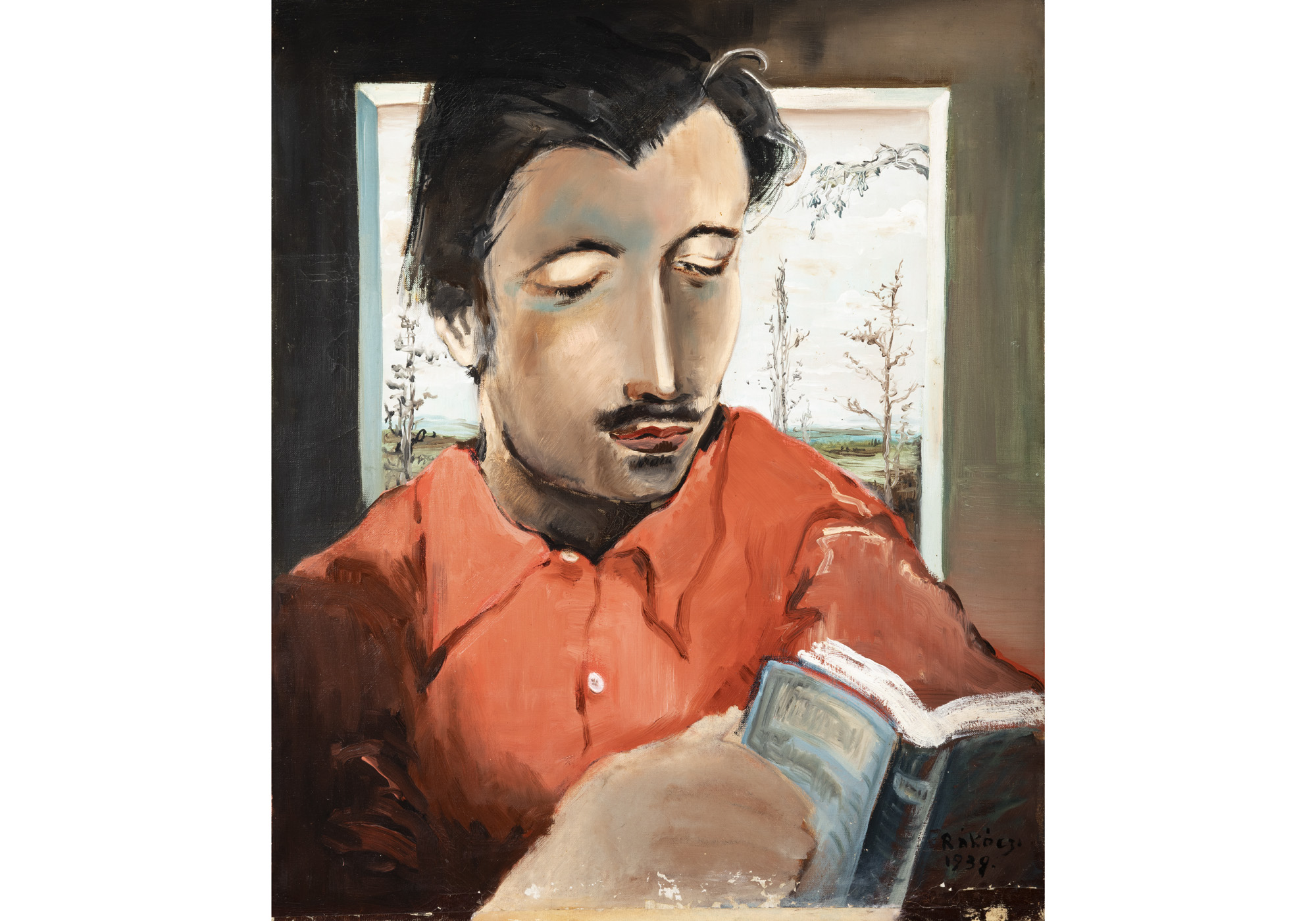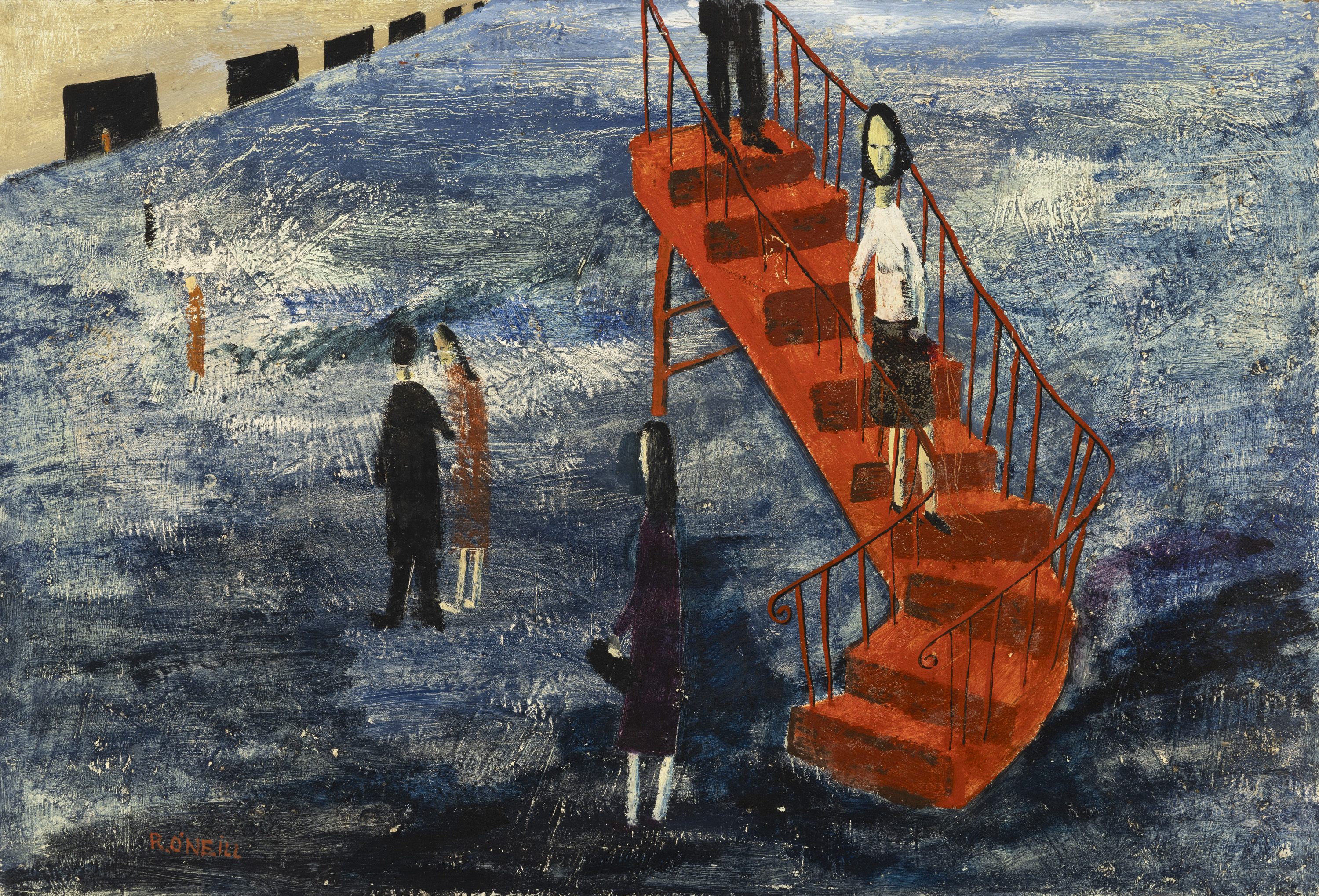Departments
.svg)


LOT 36: AN IMPORTANT ART DECO DIAMOND BRACELET, DESIGNED BY ERWIN LANG,
MADE BY AUSTRIAN IMPERIAL JEWELLERS, KÖCHERT, 1929
LATER REDESIGNED AS A TIARA AND RETAILED BY BULGARI IN ROME IN THE 1950s
Our September Fine Jewellery & Watches Auction saw an important Art Deco Diamond Bracelet sold for a staggering €118,000, well over its estimate of €50,000 – 70,000.
The distinguished Austrian jewellery house, A E Köchert, currently run by the 7th generation of the original Köchert family, designed this bracelet which was later transformed into an enchanting tiara by Bulgari. Admiring its fine design, it is self-evident why Köchert has remained one of the most important Austrian jewellery houses for the past two centuries.
The house of Köchert was established in 1814 by Eamuel Pioté from Limoges when he founded his own goldsmith’s workshop, specialising in enamelling in Vienna, having first worked in Pforzheim. Five years later, Jacob Heinrich Köchert, originally from Riga, joined the firm and married Pioté’s sister-in-law, deepening their personal ties. He had previously worked in St Petersburg and specialised in the mounting of large gemstones. Their combined international experience allowed them to design artistic jewellery using innovative methods, which appealed to a sophisticated clientele.
In 1825 Köchert became a partner in the business and it was consequently renamed ‘Pioté et Köchert’. It didn’t take long for ‘Pioté et Köchert’ to gain a well-known client base, indeed soon they counted Prince von Metternich among their customers. In 1831, they were commissioned, for the first time, by Emperor Franz Joseph I to manufacture a gold box to be gifted to a Turkish diplomat. This marked the start of a long and important relationship for the firm with the imperial House of Austria. In 1832, shortly after their first commission Pioté et Köchert applied for, and received, the title of ‘Imperial Court Jeweller’ with the Emperor Franz Josef I commenting that:
“both applicants enjoy the highest reputation for honesty, for the excellence and good taste which distinguishes their workmanship and both are known to carry out commissions to the satisfaction of high nobility.”
From this time onwards, Pioté et Köchert were regularly commissioned by the Austrian Imperial family to make both personal items as well as official state gifts and even regalia. In 1844 Jacob Köchert’s son, Alexander Köchert, joined the firm and four years later became a partner in the business when Pioté retired. Alexander Köchert gradually took over management of the company and under his leadership, the firm went from strength to strength, even setting fashion trends, such as when Empress ‘Sisi’ Elisabeth of Austria was painted by Winterhalter with stars, commissioned from Köchert, in her hair in 1858. When his father passed away in 1868, Alexander Köchert applied for, and received the title of Imperial Court Jeweller and in 1873 the firm was awarded the first prize in the World Fair in Vienna. However, in 1879, Alexander Köchert tragically died due to a hiking accident and his son, Heinrich, took over the management of the firm. Heinrich retained the Royal patronage and the firm’s reputation for excellent craftsmanship and in 1882 was joined by his brother, Theodor, who provided financial investment. In the 1880’s the Köchert firm employed around 50 goldsmiths, were based in the centre of Vienna at Neuer Markt 15 and had an unimpeachable reputation.
On the death of Heinrich in 1908, Theodor suggested to his son Erich that he might like to join the family business and in 1916 he joined as a partner and his younger brother Wilfried was apprenticed in 1922. Erich was interested in the Wiener Werkstatte and Arts and Crafts, and although the firm never lost sight of its Imperial past, these more modern influences began to make themselves felt. In 1918 the Hapsburg Empire collapsed and although Vienna was no longer politically important, it remained highly culturally influential and the ‘Roaring Twenties’ continued to be a time of lavish spending on jewellery which was seen as a safe haven for money during economic turbulence. During this period, Erwin Lang, Erich and Wilfried Köchert's half-brother and a professor at the Academy of Arts in Vienna, joined Köchert as a designer. His first jewellery collection was characterised by the use of abstract and geometric forms, fully embracing the modern zeitgeist. The bracelets Lang designed were wide yet delicate and originally worn like cuffs on the upper arm but could also be worn on the forearm over the gloves, enabling the modern woman to expose their brilliance to admirers. Erwin Lang helped shape the new look of the Kochert firm by fully embracing the Art Deco style and some of his designs, such as his stone rings, continue to be produced to this day.

During the immediate post-war period Köchert was responsible for repairing the repatriated Austrian crown jewels, exemplifying the high regard with which the firm continued to be held. In 1949, Gotfrid Köchert, Erich’s son, joined the business, together with his cousin, Dietrich, Wilfried’s son and they continued to remain innovative through collaboration with artists such as Hans Hollein. Nowadays, in keeping with this tradition, Köchert collaborates with prestigious contemporary artists such as Erwin Wurm and George Conde.

Etymologically, the origins of the word ‘tiara’ lie in ancient Persia, used to describe the high-peaked head-dresses of Persian royalty. Ancient Greeks and Romans also used similar golden wreath-shaped headpieces, as did the ancient Scythians which would serve as inspiration for the Russian kokoshniks. In the Neoclassical era of the 18th century, the tiara once again became popular as court society took inspiration from the Classics. By the 19th century, a tiara had become a requirement at court ceremonies, balls and dinners with society women often having several to choose from.
During the early 20th century, the design of tiaras evolved, to reflect the changing times. Chaumet was at the forefront of this, creating the triple bandeaux, which was hinged at the side, to enable women with shorter, more modern haircuts to wear a tiara securely. This new design was based on the triple ribbon fillets of Ancient Greece. Charles Jacquear of Cartier also created innovative designs, influenced by the Russian kokoshniks. Additionally, during the Art Deco period gemstones that had previously wouldn’t have been considered for use in such prestigious items of jewellery, such as aquamarine and smokey quartz, were incorporated into tiaras. Convertible functionality also once again began to be included into the design of tiaras.
The aftermath of the two world wars and the subsequent rapid industrial growth, however, led to a flattening of hierarchies within society in Europe and the US, creating less demand for highly formal attire than was required at court a century earlier. The number of occasions where tiaras are required society wear is few nowadays, limited in number to royal receptions and state openings of parliament. As a consequence, tiaras have become extremely rare and beautiful objects, redolent of the utmost extravagance of bygone ages.

However, it is interesting to note that nowadays demand for tiaras is growing, particularly in the Asian markets, and indeed a third of tiaras sold at Sotheby’s during the past five years, have sold to Asian buyers. Furthermore, during the past two decades, tiaras have become popular as bridal headpieces to be passed down as heirlooms and continue to be produced by luxury brands such as Cartier, Boucheron, Van Cleef & Arpels, Chaumet, Graff and Gerald. Graff and Gerard even offer the bespoke ‘Princess collection’ where clients can commission a bespoke piece or purchase a tiara named after a specific Princess.
This convertible bracelet to tiara is accompanied by an authentication certificate by renowned Art Historian Amanda Triossi, Author and Specialist on Bulgari, Curator of the Bulgari Heritage Collection from 1997-2015, and Curator of all major Bulgari Retrospective Exhibitions from 2019-2013. In this certificate, Triossi states that this tiara/ bracelet was likely retailed by Bulgari in the 1950s. Certificate dated 1st August 2023, in Rome.





Through this article, let our expert Adam Pearson guiding you to the (re)discovery of the once established Irish painter Richard O’Neill.












Buying at Auction and the Role of Antiques in a Modern Home




Important Irish Art Auction Highlights

Oliver Dowling Collection by Aidan Dunne




2024 is a year in which Adam’s wants to recognise the key role buying antique furniture and furnishings at auction contributes greatly to the sustainable initiative. In 2019 the Environmental Protection Agency reported stark figures that each year in Ireland 1.2 million reusable bulky items, primarily furniture goes into landfill. Similar to the problem of ‘fast fashion’, the constant production and consumption of new items is leading to rapidly growing waste problem. We want to acknowledge those who are already buying second hand or antique furniture at auction and to encourage new buyers by highlighting the benefits of acquiring affordable, well-made quality items that are built to last.







Irish author, recipe creator and lifestyle influencer, Indy Parsons, selects her favourite pieces from our upcoming Fine Jewellery & Watches auction









.jpg)

Cork-born Irish actress, Sarah Greene, selects her favourite pieces from our upcoming Fine Jewellery & Watches auction




Yvonne Aupicq had met Orpen, we understand, while working as a nurse during the war. He had been admitted to hospital with a suspected case of scabies which ended up being a far more serious case of blood poisoning as he recounts in his wartime memoir ‘An Onlooker in France’. Their relationship continued after 1918 when Orpen was appointed as the official artist to The Paris Peace Conference. They relocated to capital and over the following decade he painted her numerous times, often nude as in Amiens 1914, or The Rape and Nude Girl Reading (1921). Working with her as his model during these early years after the war allowed Orpen an opportunity to re-fuel his creativity.






Editor-in-Chief of IMAGE Publications, Lizzie Gore-Grimes, selects her favourite pieces from our upcoming Fine Jewellery & Watches auction

Our upcoming Fine Jewellery & Watches auction on September 13th features a prime example of Van Cleef & Arpel's renowned 'Mystery Setting'


Our June auction offers a once-in-a-lifetime opportunity to acquire one of the great masterpieces of Irish art and icons of Dublin’s history.



Georgia Chiesa selects some of her favourite lots in the upcoming Vintage Wine & Spirits Auction


"Beating the bounds is a tradition that can be traced back to the medieval period. At this time, land was divided into parishes and the clergy and church wardens held the responsibility for its upkeep and management. It was up to the Church to ensure that its parishioners knew the local boundary lines and, before maps became commonplace, this had to be kept as a mental record."

Adam’s in conjunction with Suzanne MacDougald are proud to host an online timed auction of artworks to aid the Irish Red Cross’s humanitarian work in delivering vital services to millions of people impacted by the conflict in Ukraine. With no buyers premium 100% of the hammer price will go directly to the Irish Red Cross.

Ros Drinkwater writes of Jack B Yeats' 'The Boat' in the Business Post:


With a consolidated result of €320,000,the At Home sale in Stephan’s Green, was a great success.

